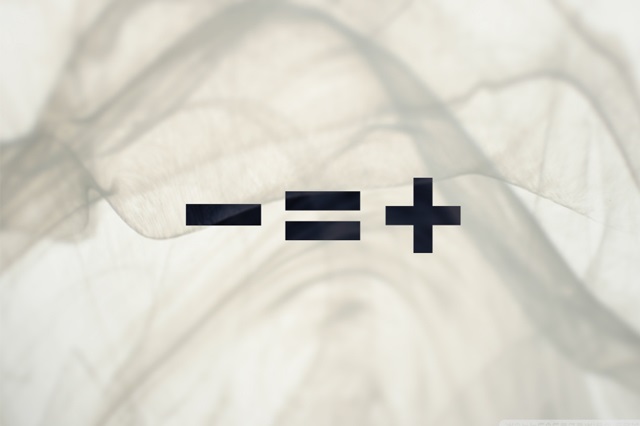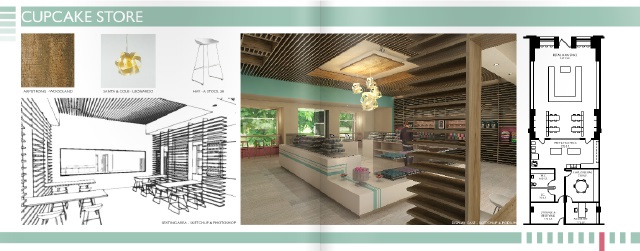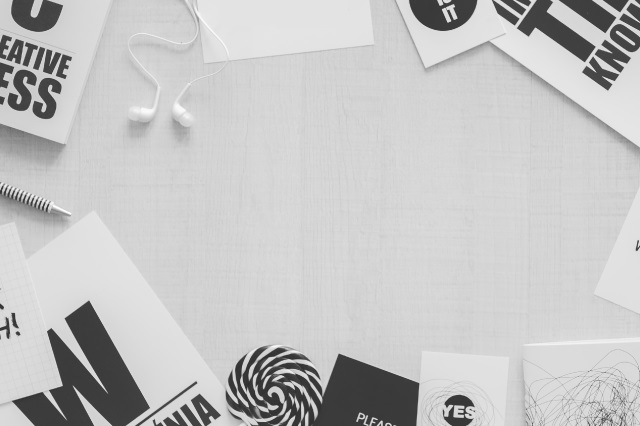
A Designer: A person who has the ability to translate an assortment of thoughts, words and ideas into objects, visuals and structures that make sense.
In my experience, one of the hardest parts of design is showcasing your work, in an attractive, creative and professional way, which will please a multitude of people, with different tastes and different needs. Styles differ depending on client or company, and you, as a designer, for the most part, need to adapt to what they are looking for. You take their words and jungle of ideas, organize them, beautify them, translate them, and make them tangible. So, when you’re putting together your portfolio, to showcase your work and hopefully land a job, or a project, how do you make sure that you are pleasing the various requirements of different people without diminishing your work, or having create a new portfolio every time?
1. Get Picky

This is probably the most important and, of course, the hardest part. Your design portfolio must include a variety of projects, showing all the different kinds of work you can do, and the extent of your capabilities. This though does not mean that your portfolio is to include every single design you have ever created. Take a step back, make a list of your designs, categorize them into the different types, and select ONLY your best work. Remember that most people are on a schedule, and will not have time to go through your 50+ page portfolio, so don’t flood it with less than excellent work.
2. Less is More

I know, portfolios are fun! This is where there are zero limits to your creativity. No professors breathing down your neck, and no clients dictating what they want (and then inevitably changing their minds). Your portfolio is all you, and you want your personality to shine through, so by all means, do! But take a step back, and really look at it. Is your portfolio layout overwhelming? Does it steal focus from your designs? Remember that the purpose of the portfolio is to highlight your work, and simplicity will allow it to do just that. Think of your portfolio as a concert roadie, it does all the grunt work, and carries the heavy weight, so that your designs can take center stage and really live up to their full potentials.
3. Tell a Tale

One of the most important aspects of being a successful designer is the clarity of your interpretations. So, although a visual might be really pretty (which, I have no doubt they all are) you really need to explain to the viewer what on earth is going on. Every design has a story, and every story should be told. Designs with no context are just a mash up of pretty pictures, so: include a brief of how, why and what the work was created for, summarize the requirements of the project, explain the concept, and please, always remember to annotate your different visuals and views.
4. Process, process, process
Brainstorming is one of the most important parts of design. None of us just click our fingers and wiggle our noses and come up with the beautiful final product. Even the greatest designers go through an endless amount of rough drafts, throw out sketch after sketch, and go back and forth through ideas until they settle on one solid design. And even then, we all know it’s not permanent until the very last second when it’s due. And while that final design may give the viewer an idea of how talented you are, your initial ideas, and the process you took that lead you to it, will show them just how imaginative, creative and innovative you really are. It also shows that you are a brilliant problem-solver. So go ahead, include your doodles, your sketches your notes and your scribbles, everything is fair game here.
5. Go digital

It’s 2016. Need I say more? Sure, you should always have a hard copy of your portfolio handy, but remember that as a designer, your portfolio is essentially an extension of your CV, and job applications are now migrating to the web, so should your portfolio. For those of you who are not web designers: calm down, it’s easier than you may think, and no, you won’t have to do any coding. There are websites that will help you build websites. There are websites that are simply set up to host your work for you. And of course, if you wanted to upload your portfolio, in all its glory, in booklet form, there are websites that will do that too. Do a little research, get a feel for the different options and choose what works best for you. Remember to always include contact details, and if possible, either host your CV through the same medium, or include a link to your professional profile. Better yet? Upload your portfolio or sample work as an attachment to your Bayt.com CV. Best of both worlds!
6. Freshen Up

Just like a CV, your portfolio needs to stay relevant, current and up-to-date. You don’t want to present work that no longer make sense in our ever changing world. Although your design may have been a breakthrough when you created it 10 years ago, today, the style may be outdated, the technology you used primeval, and your technique ancient. So keep it fresh, every few months take a look at your portfolio, and eliminate anything you feel has no relevance anymore, replacing it with a newer, stronger and more appealing design.